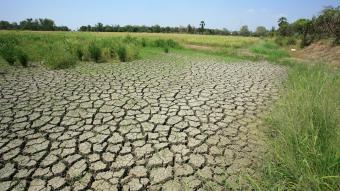Climate Change
Climate Change
Recent Activity
Articles
December 10, 2015
From earthquakes to drought, natural disasters and climate change played a key role in migration flows in 2015. Climate-induced migration surfaced as a concern at the United Nations Climate Change Conference (known as COP21) as international organizations and policymakers have begun to recognize the growing challenges, and potential protection obligations, of such movement.









